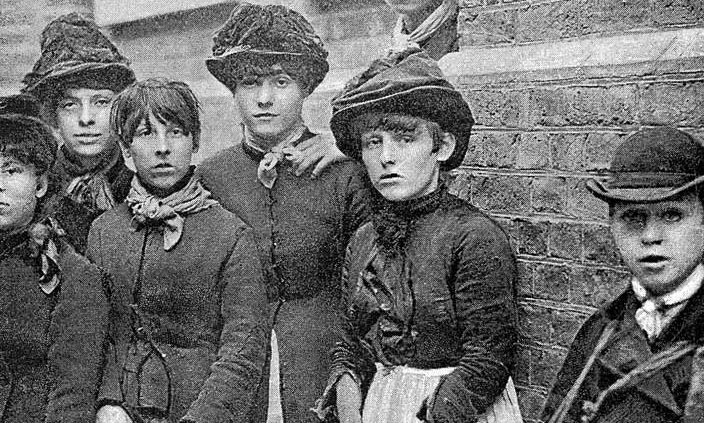Stories from the collection
Discover the stories behind the collection. Learn about the people, places and events featured in our records.
Each collection insight takes an in-depth look into a group of the records we hold.
Stories from Great Escapes
Read remarkable stories inspired by our new exhibition Great Escapes, which explores the human spirit in times of captivity during the Second World War.
-
The story of
Judy, the only dog registered as a prisoner of war

Judy's remarkable story is one of capture, survival and courage, and offers a unique tale of internment during the war.
-
The story of
Roger Bushell and the 'Great Escape'

Roger Bushell (1910–1944) was a pilot, prisoner of war (POW), and mastermind of the ‘Great Escape’ from Stalag Luft III in March 1944.
-
Record revealed
The Geneva Convention, 1949
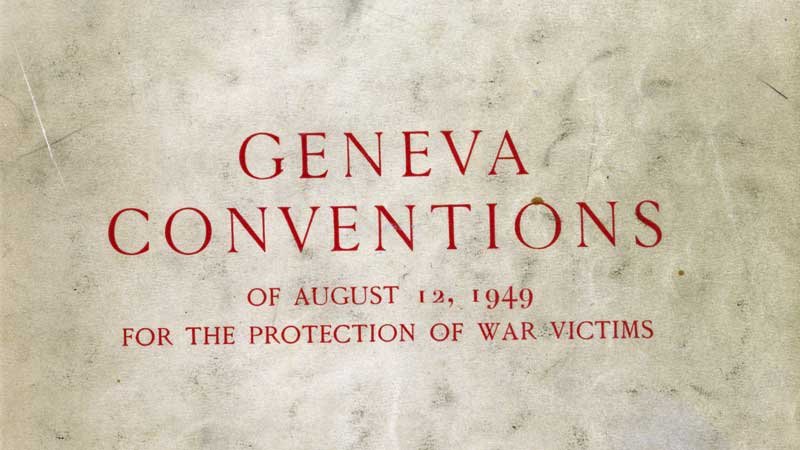
This document sets out the laws its signatory nations agreed to follow around the treatment of prisoners of war, those in medical need, and civilians.
-
Focus on
The East River Column: the rebels who helped Second World War prisoners of war

Discover how this guerrilla group played a significant role in opposing Japan and aiding Allied prisoners of war around Hong Kong.
-
Record revealed
Secret letter sent to British Secret Services
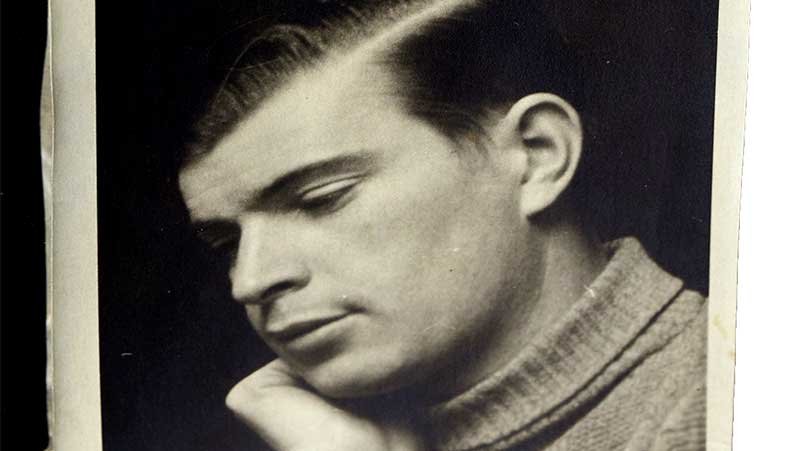
During the Second World War, some British prisoners of war were able to send secret messages and intelligence back home via creative and unusual ways.
Discover all stories
Browse and explore the human stories behind The National Archives’ collection.
-
Record revealed
An Elizabethan widow's will
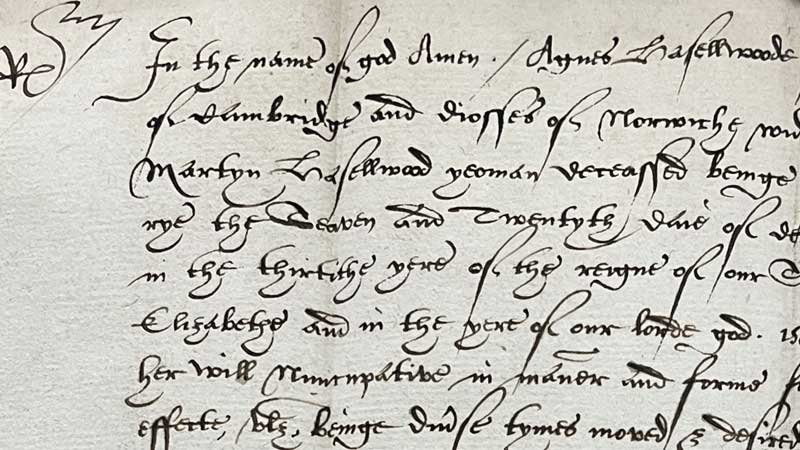 New
NewThis ordinary will from 1587 gives us a glimpse of an Elizabethan woman’s concerns on her deathbed.
-
The story of
The 1888 matchgirls' strike
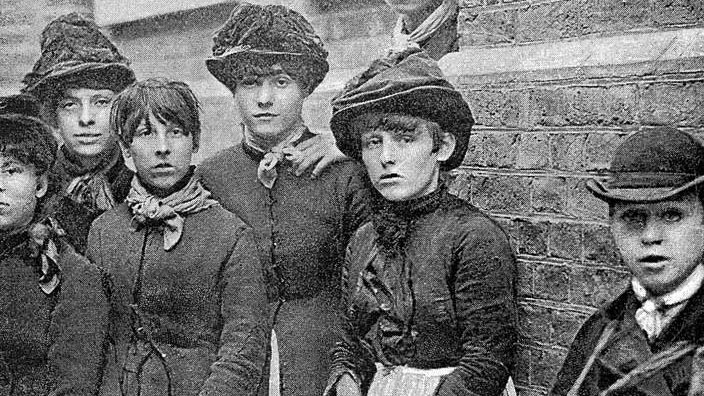
In 1888, the women and girls employed by Bryant & May in the East End of London went out on strike. Why did these workers feel so driven to remove their labour?
-
Record revealed
An unusual royal gift to the poet Geoffrey Chaucer
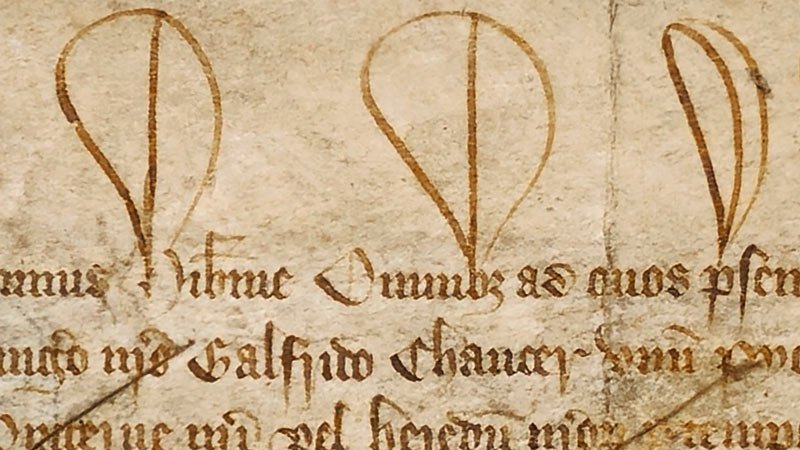
How do you reward a medieval poet? This document granted the author of the Canterbury Tales an unusual royal gift: a daily allowance of wine.
-
Focus on
How the first women's refuge enacted change in the UK
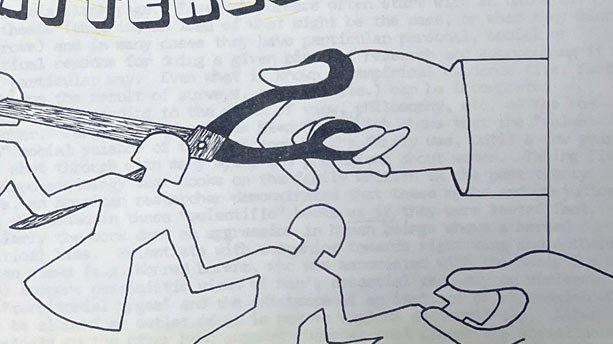
The founding years of Chiswick Women’s Aid saw the opening of the world's first women's refuge, disputes with local government, and creating change in the UK.
-
Record revealed
A letter from the most powerful woman in Tudor England: Margaret Beaufort
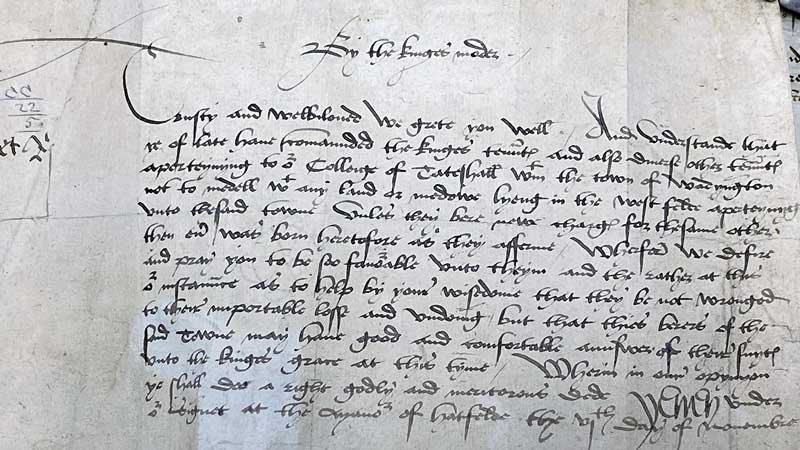
How did the founder of the Tudor dynasty reach and use her position of power?
-
The story of
Roger Bushell and the 'Great Escape'

Roger Bushell (1910–1944) was a pilot, prisoner of war (POW), and mastermind of the ‘Great Escape’ from Stalag Luft III in March 1944.
-
Record revealed
'Fallen' women of the real Albert Square

Who lived in the real Albert Square and what can their lives tell us about 19th-century London life?
-
Focus on
The East River Column: the rebels who helped Second World War prisoners of war

Discover how this guerrilla group played a significant role in opposing Japan and aiding Allied prisoners of war around Hong Kong.
-
Record revealed
List of animals held in the ‘Bear Garden’ in Elizabethan Southwark

This deed reveals some of the animals kept to perform on the Tudor stage or in arenas. It includes ‘an old she bear called Nan’, some bulls, a horse and an ape.
-
Record revealed
Virginia Woolf’s death duty record

Death duty records can reveal a great deal about a person’s true feelings. What can we learn about the loves and friendships of author Virginia Woolf from hers?
-
Record revealed
The Geneva Convention, 1949

This document sets out the laws its signatory nations agreed to follow around the treatment of prisoners of war, those in medical need, and civilians.
-
The story of
Ravenser Odd
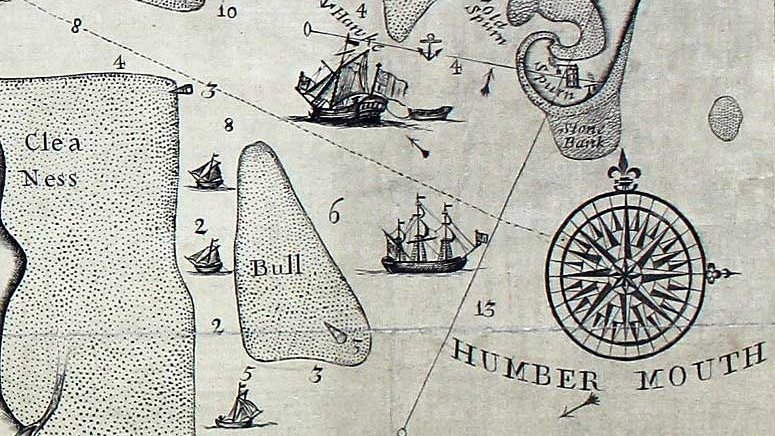
Ravenser Odd was a short-lived island in the mouth of the River Humber. It rose from the sea in the early 13th century and had sunk beneath the waves by 1360.
-
The story of
Judy, the only dog registered as a prisoner of war

Judy's remarkable story is one of capture, survival and courage, and offers a unique tale of internment during the war.
-
Record revealed
Secret letter sent to British Secret Services

During the Second World War, some British prisoners of war were able to send secret messages and intelligence back home via creative and unusual ways.
-
Focus on
A queer working-class haven: Lady Malcolm’s Servants Balls
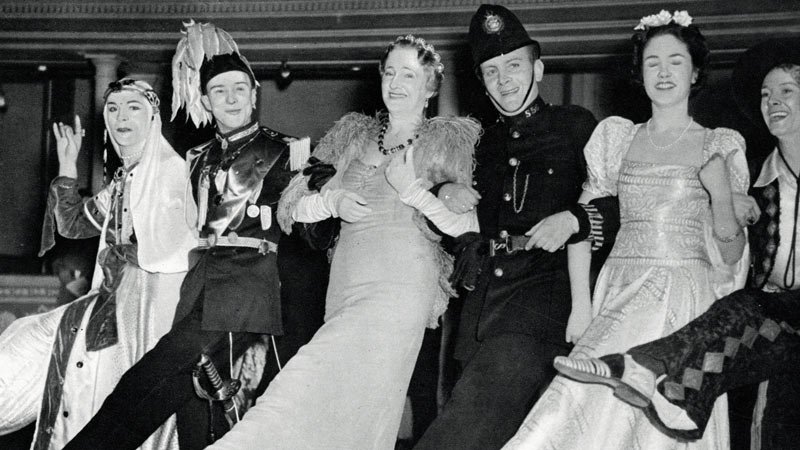
Lady Malcolm’s elaborate Servants’ Balls allowed queer, working-class staff to forge a unique space for themselves. But these events became plagued by scandal.
-
Focus on
‘Not acceptable’: Gay Switchboard’s attempts to become a charity

LGBT+ Switchboard is one of the oldest telephone helplines supporting queer communities in the UK. Its journey to register as a charity was not easy.
-
The story of
Nancy Wake

Nancy Wake (1912–2011), an agent for the Special Operations Executive, was the most wanted woman in France during the Second World War.
-
Record revealed
War diary from 1939 with posters and Christmas cards
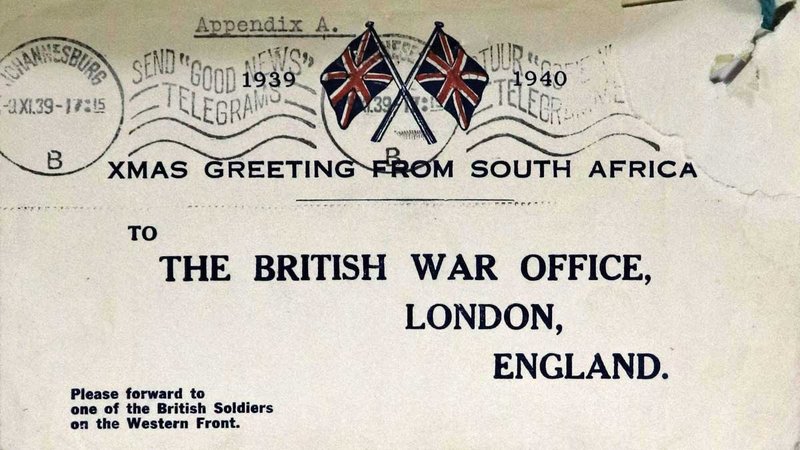
War diaries were historical records created by units in the British Army during wartime. This one is unusual: it contains posters and Christmas cards.
-
Record revealed
A medieval cold and flu remedy

Stale ale, ground nutmeg and mustard seeds – would you try these medieval cures for headaches and congestion? They give surprising insights into global trade.
-
The story of
Sir John Fielding
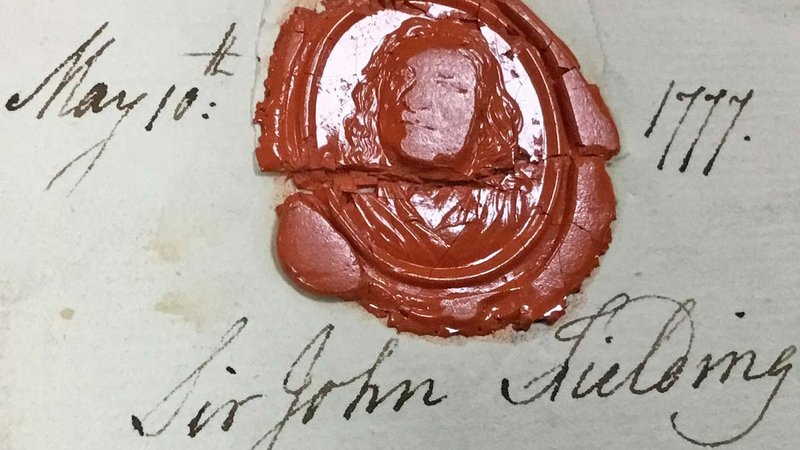
Sir John Fielding grew to become one of England’s first and greatest police detectives. And for his entire crime-fighting career, he was blind.
-
Focus on
Section 28: impact, fightback and repeal
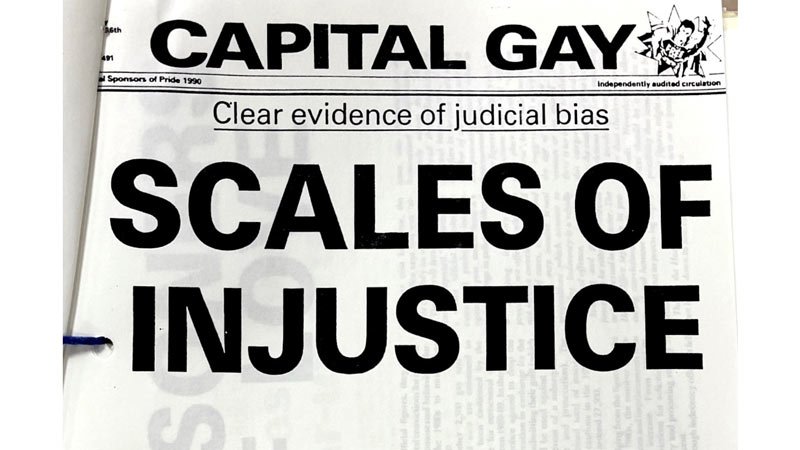
What was the everyday reality for LGBTQ+ people in the 80s and 90s living under the infamous Section 28, and how was it eventually repealed?
-
Record revealed
The WÃSÙ journal
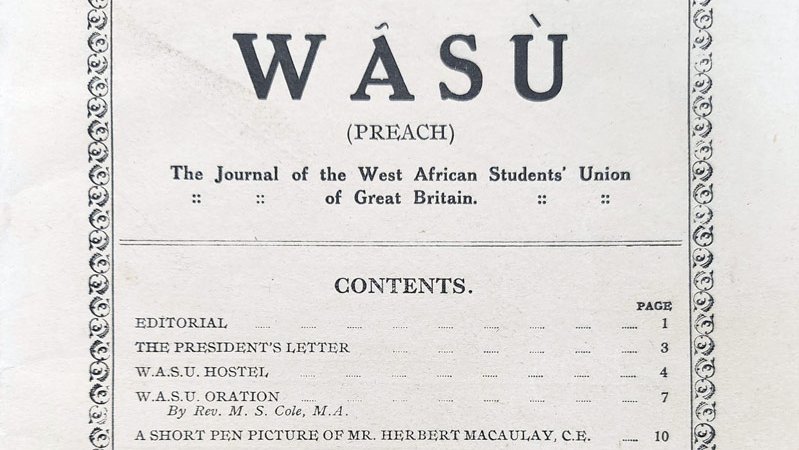
WÃSÙ was the journal produced by the West African Students’ Union (WASU) and distributed across Europe and Africa from 1926.
-
The story of
Virginia Hall

Virginia Hall (1906–1982) was an American who served with the British Special Operations Executive in France in 1941–1942 and built a career in espionage.
-
Focus on
The origins of Section 28
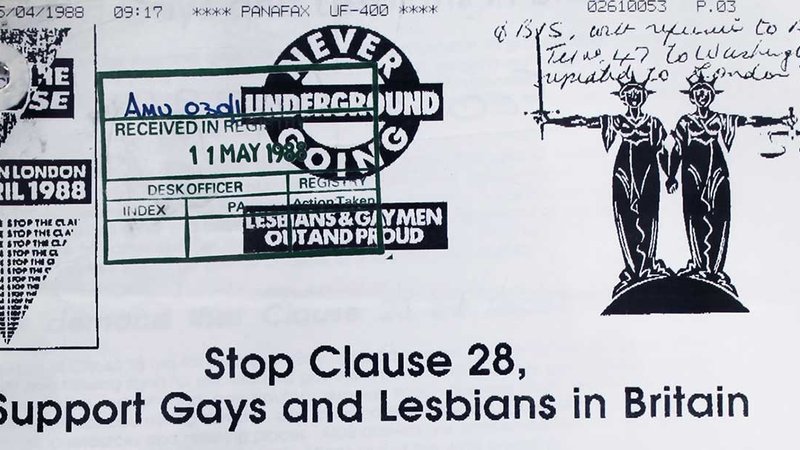
Section 28 of the 1988 Local Government Act negatively affected LGBTQ+ lives for decades. How did such a seismic piece of legislation come about?
-
Record revealed
The Treaty of Versailles
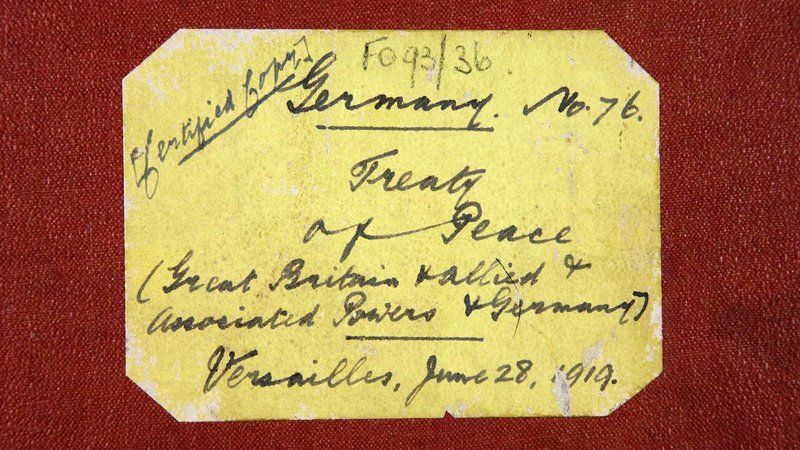
This debated document officially ended the First World War and set out the terms and conditions for peace, and determined the course of the 20th century.
-
The story of
John Blanke
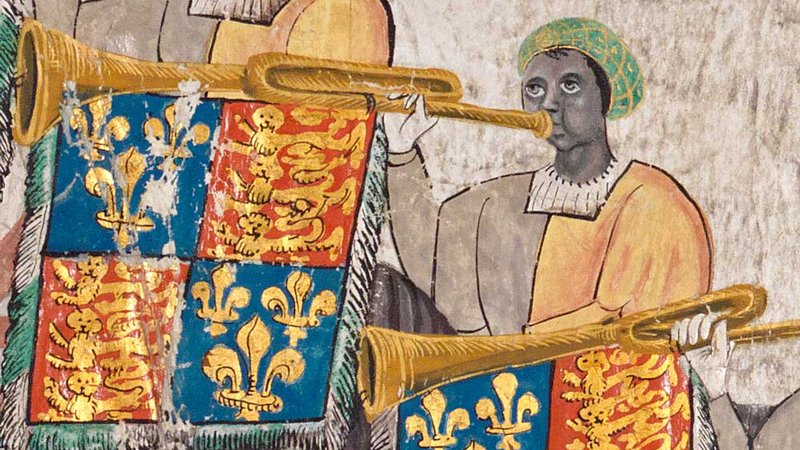
John Blanke was a trumpeter at the courts of Henry VII and Henry VIII. He is one of the earliest people of colour in England we have records about.
-
Record revealed
James Callaghan's notes on policy ideas
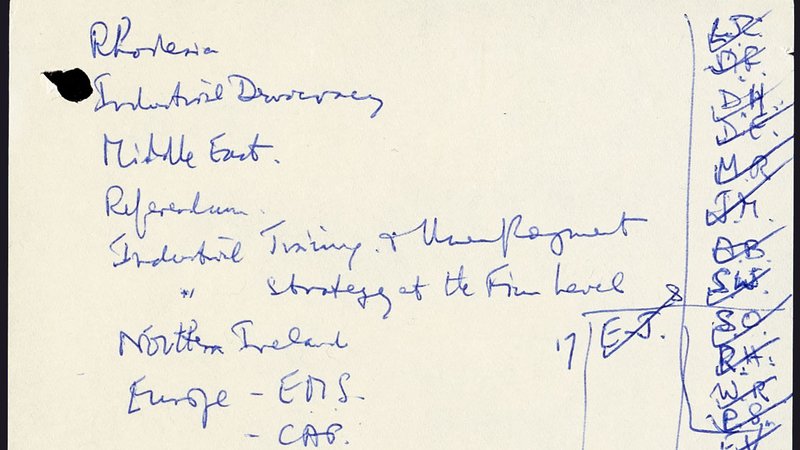
These handwritten pages offer a window onto a Prime Minister’s thinking about the issues of the day. In 1978, they ranged from education to the environment.
-
The story of
Louise Bennett-Coverley
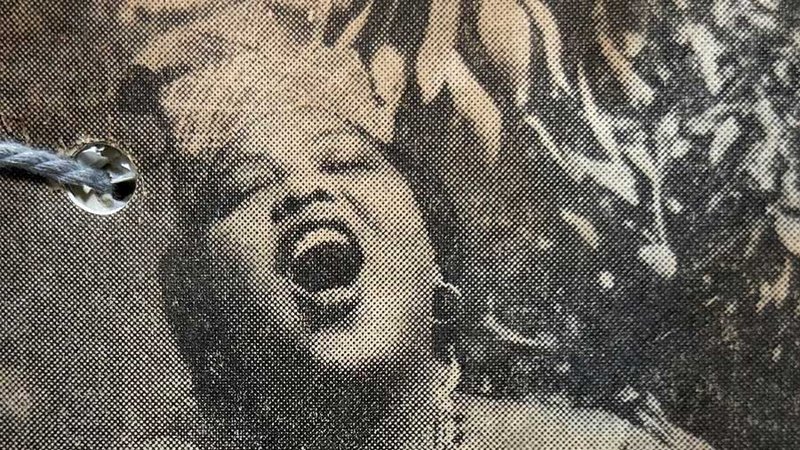
Described by the Birmingham Post as the ‘queen of Jamaican theatre’, Louise Bennett-Coverley (1919–2006) was a poet, performer, folklorist, writer and educator.
-
Record revealed
The Treason Act
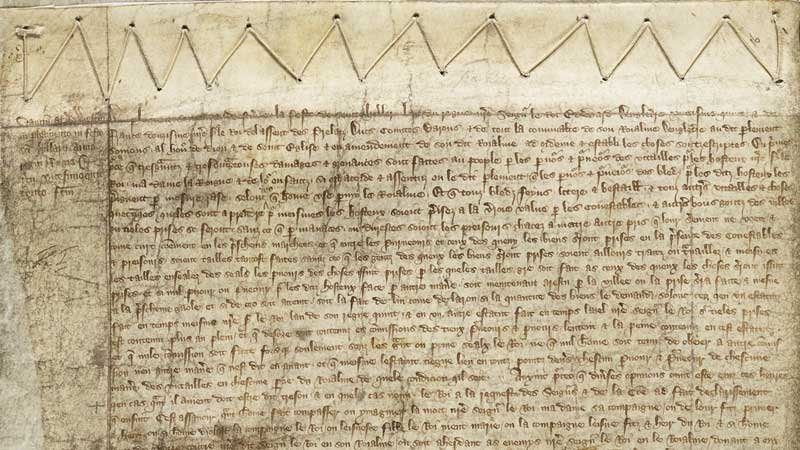
The Treason Act defined the crime of ‘high treason’ in law for the first time. It is one of the oldest pieces of legislation still on the statute book today.
-
Focus on
The papers of Nuestra Señora de Covadonga, a Spanish treasure galleon
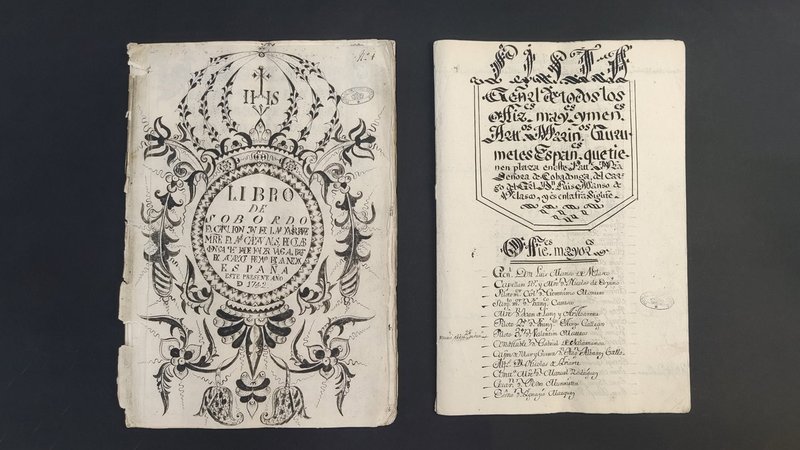
This previously unknown set of records from an 18th-century galleon shines a light on one of history's most significant trade routes.
-
Record revealed
Sir Henry Cole’s rat

Our collection includes many weird and wonderful records – one of the weirdest is undoubtedly a small box containing the remains of two long-dead rats.
-
Record revealed
Photographs of Samuel Coleridge-Taylor
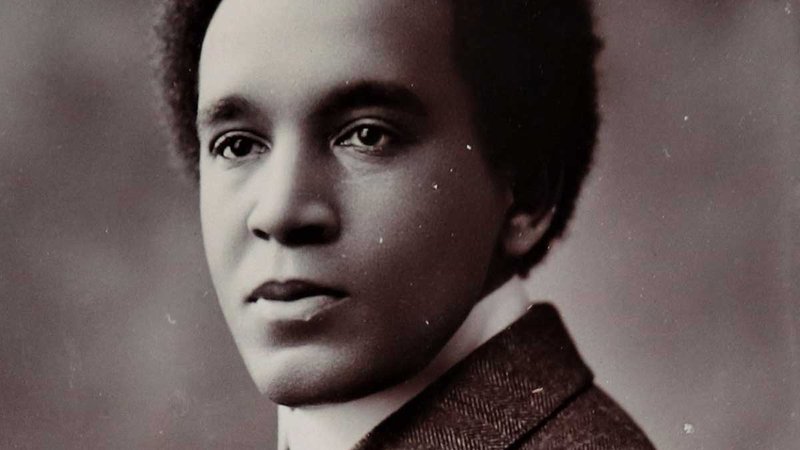
Copyright photographs of composer Samuel Coleridge-Taylor provide us with a unique insight into his status in early 20th-century British society.
-
Record revealed
Photographs of the British Black Panthers headquarters
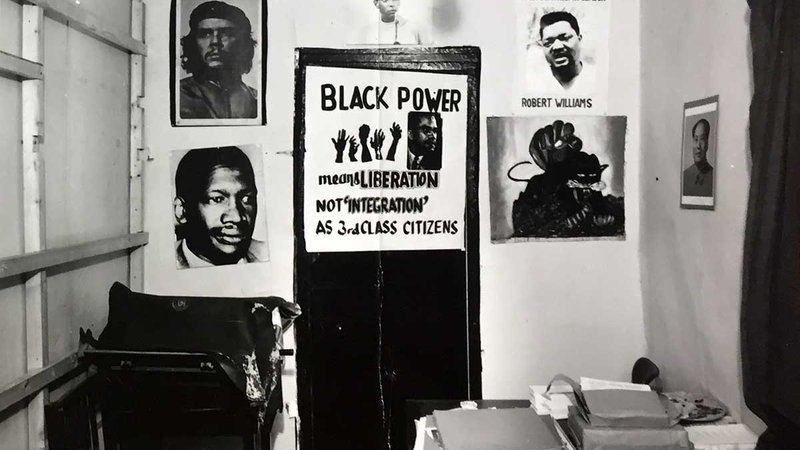
These photographs, captured through police investigations, give a unique insight into the heart of the early British Black Panther movement.
-
The story of
Louis Wain
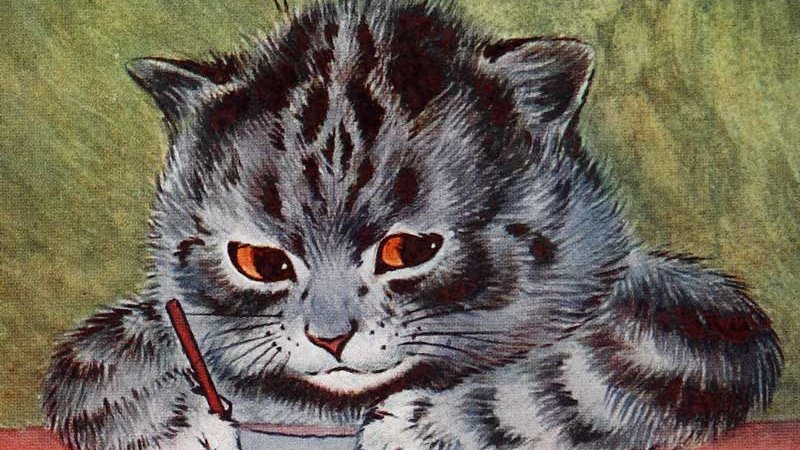
Artist and illustrator Louis Wain (1860–1939) achieved great fame for his whimsical drawings of cats, but his story is also a sad one of personal tragedy.
-
Record revealed
John Blanke’s petition for a pay rise

This parchment records John Blanke, a Black Tudor in the royal court, asking King Henry VIII for a pay rise and a promotion in his role as a trumpeter.
-
The story of
Robert Wedderburn

Robert Wedderburn (1762–1835) was a British-Jamaican radical preacher, abolitionist and writer.
-
Record revealed
Angry letter sent during the ‘Bread or blood’ riots
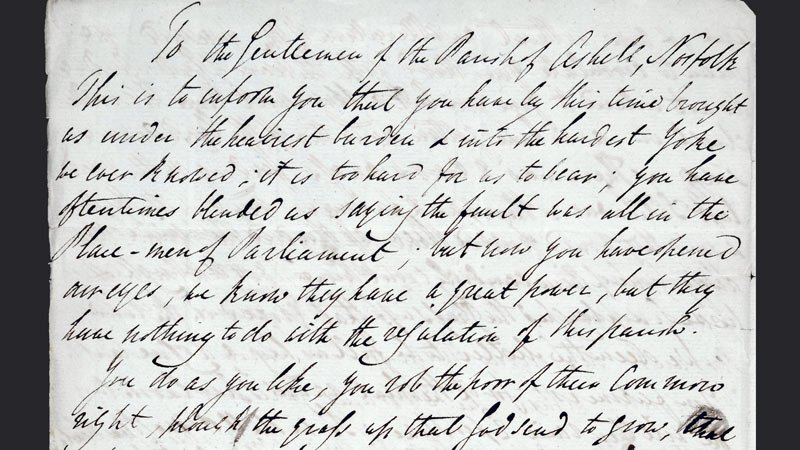
This angry letter offers a rare view of the words of ordinary people at the time, threatening violence in response to falling living standards in rural England.
-
Record revealed
Secret map of operations in North Burma
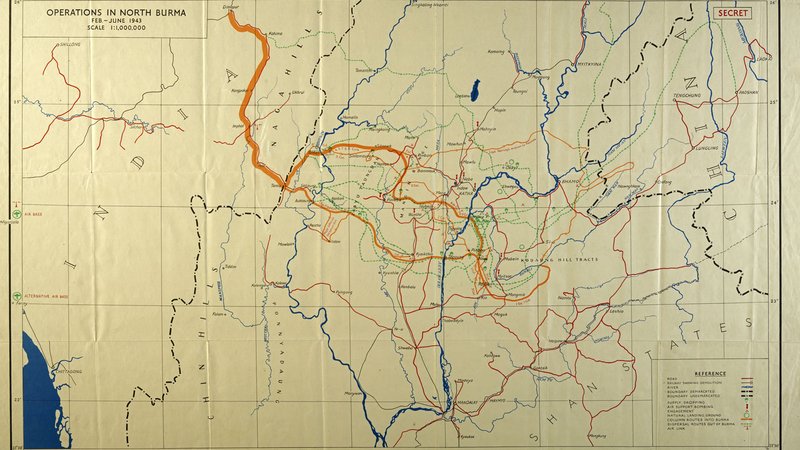
This map was provided to soldiers during the first operation by the Chindits, special forces serving in Japanese-occupied Burma during the Second World War.
-
The story of
Sir Learie Constantine

Sir Learie Constantine (1901–1971) was a renowned cricketer, author, politician and persistent campaigner for racial equality and justice.
-
The story of
The Imperial Typewriters dispute
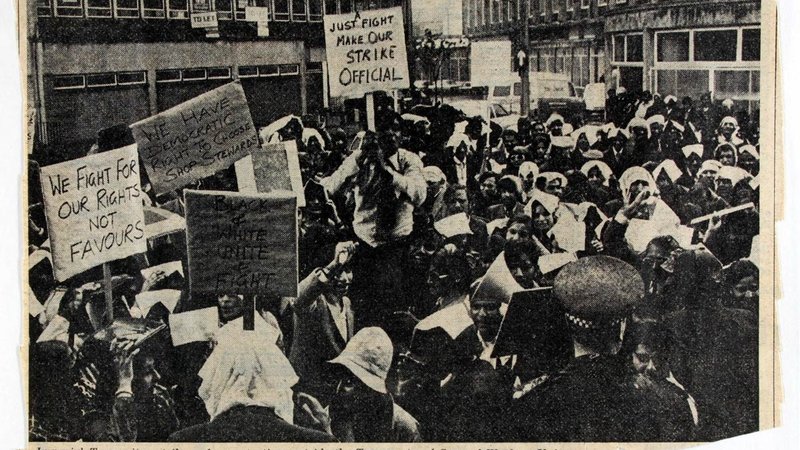
The Imperial Typewriters dispute in Leicester saw over 500 workers, largely from South Asia, go on strike over discrimination in 1974.
-
Record revealed
Registered design for an expanding travelling basket
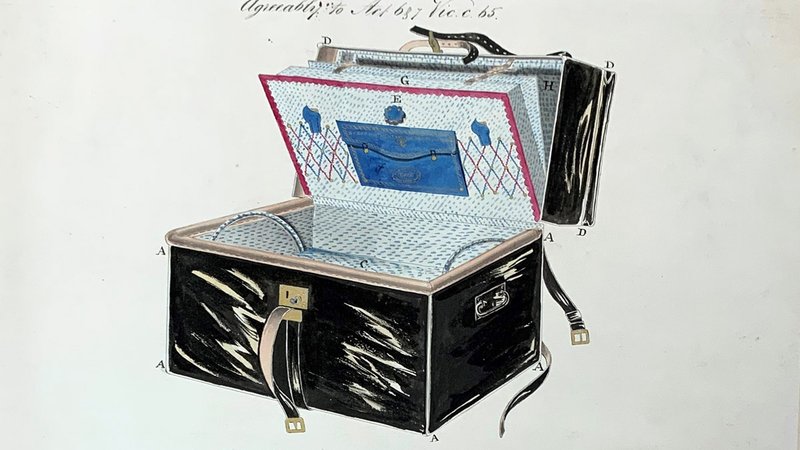
In 1866, a British luggage manufacturer attempted to capitalise on the expansion of railway lines with a unique and royal travel bag.
-
Record revealed
Copyright registration form for Bram Stoker’s Dracula
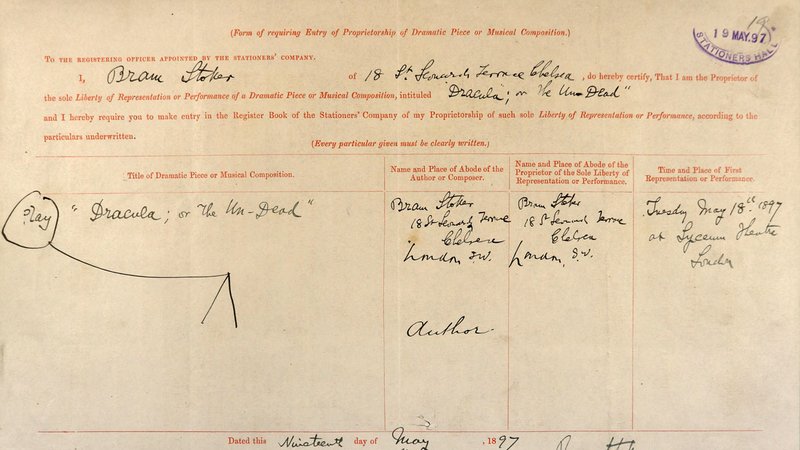
The Irish author completed this form to register ownership of a play titled ‘Dracula; or the Un-Dead’, and thus his seminal novel. It would prove important.
-
Record revealed
Christine Granville’s application to become a British citizen

Christine Granville, Special Operations Executive agent extraordinaire, was Churchill’s favourite spy. How did this document possibly save her life?
-
Record revealed
A letter by the women workers at Fords of Dagenham
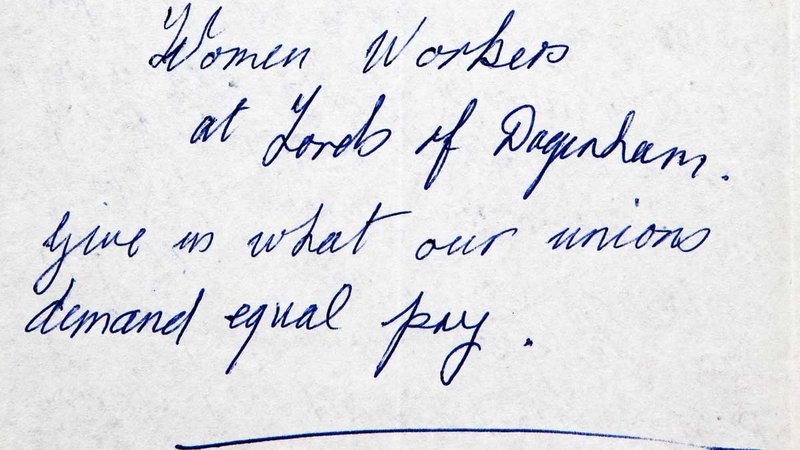
A handwritten letter written by sewing machinists working at Dagenham car plant who famously went on strike for equal wages in the late 1960s.
-
Record revealed
Printed circular produced by the National League of the Blind

In 1920, hundreds of members of the National League of the Blind (NLB) marched 200 miles to campaign for support. This printed circular explains what happened.
-
Record revealed
The Monteagle Letter
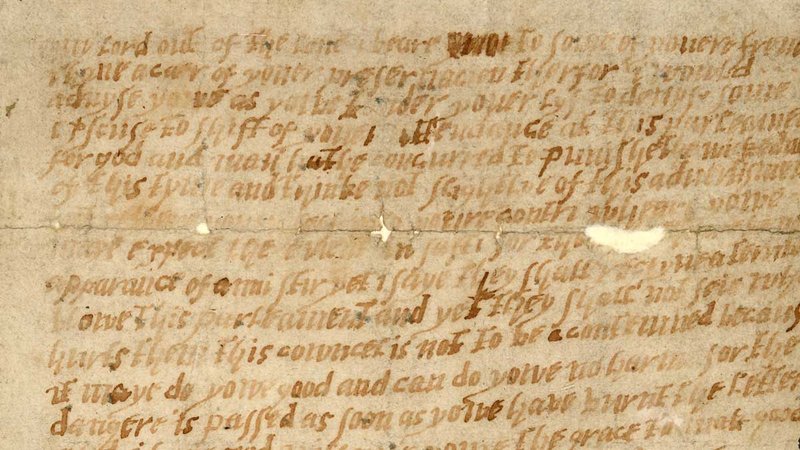
Is this the most famous anonymous letter in British history? Perhaps it should be. Without it, the Gunpowder Plot might have succeeded.
-
Record revealed
List of suffragettes arrested from 1906–1914

More than a thousand people who supported women’s right to vote were arrested for their activism. This document records them – and includes some famous names.
-
The story of
Ivor Cummings
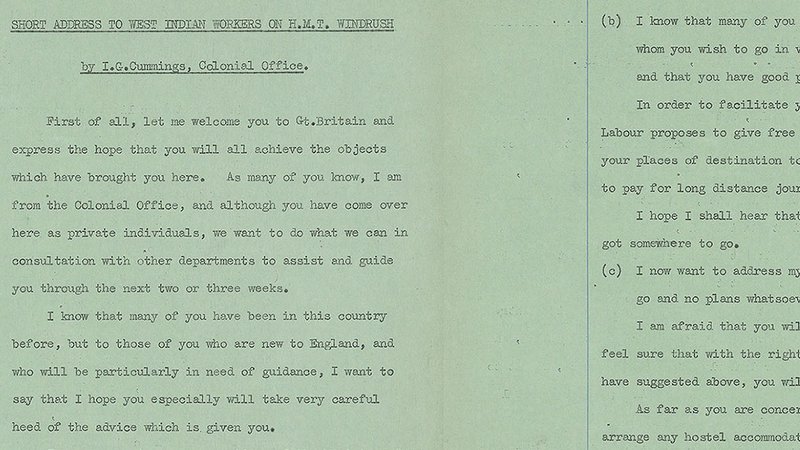
Ivor Cummings (1913–1992) greeted the iconic arrival of the Empire Windrush at Tilbury in 1948. He became known as the 'gay father of the Windrush generation'.
-
The story of
The foundation of the NHS

Explore the foundations of the NHS, one of Britain's most well-known and loved institutions.
-
The story of
Sophia Todd
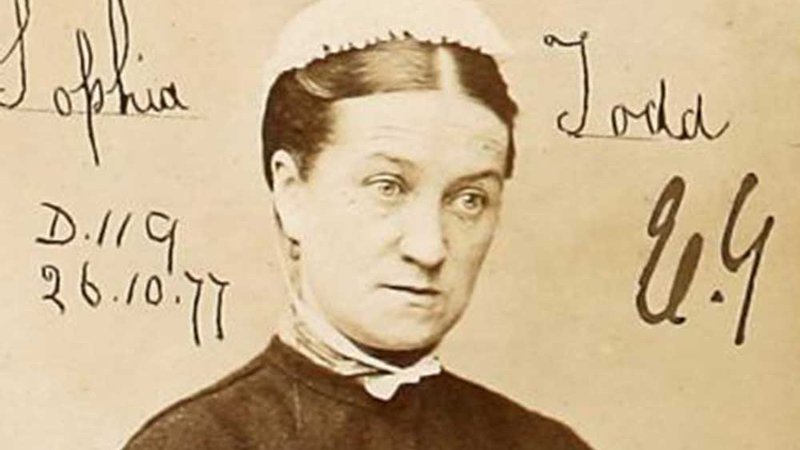
Was a woman arrested for murder in Victorian Liverpool an unfortunate person caught up in a series of ill-fated events, or something much more sinister?
-
The story of
The Festival of Britain
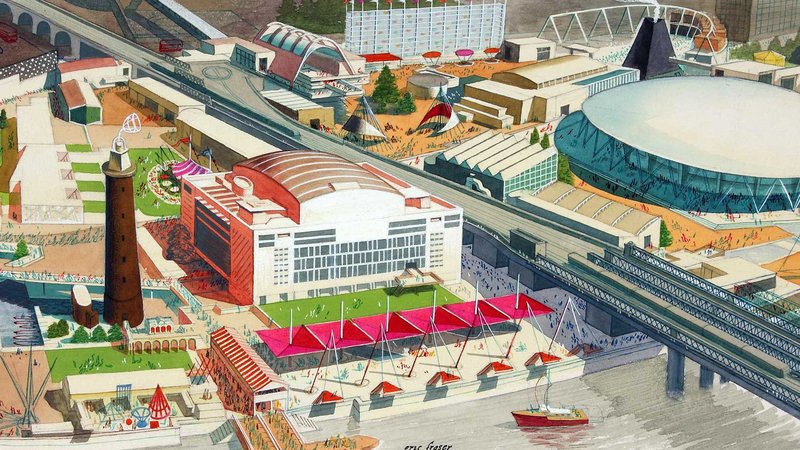
The National Archives has a wealth of documents, photographs and art work collected during the planning and running of the influential 1951 Festival of Britain.
-
The story of
Ormonde, Almanzora and Windrush
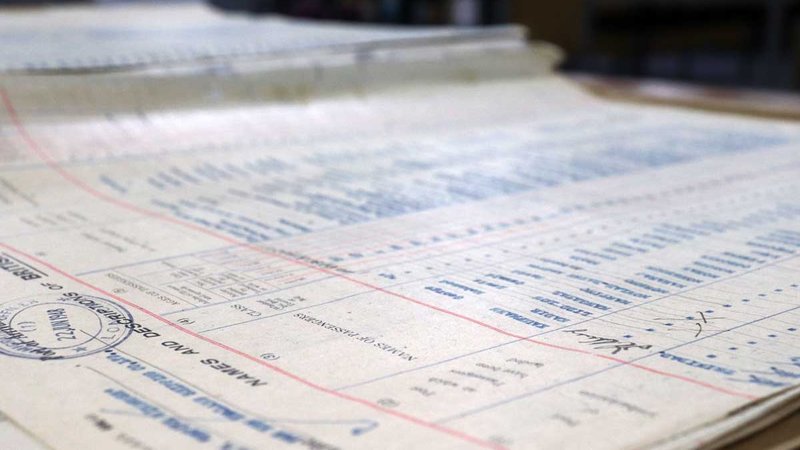
Passenger lists for the ships that carried post-war migrants from the Caribbean to Britain can be crucial resources for people tracing their family history.
-
The story of
Insaaf

Insaaf was a film made by the government, filmed partly in Urdu, to promote employment rights under the 1968 Race Relations Act.
-
The story of
Margaret Bondfield
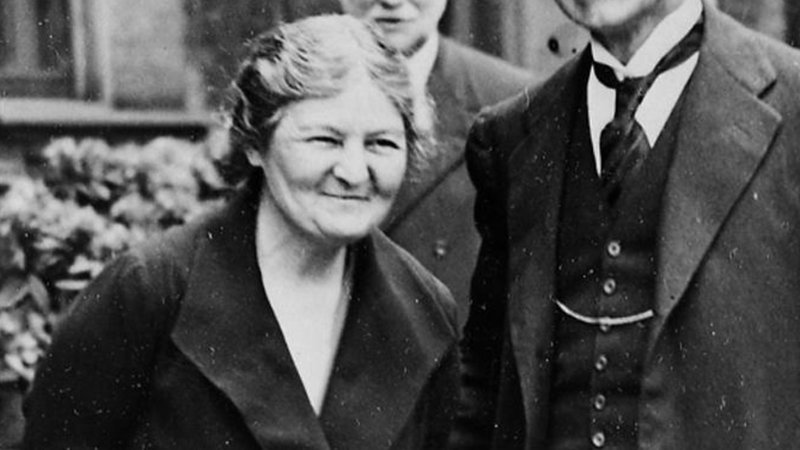
Margaret Bondfield (1873–1953) was a trade unionist and Labour politician. In 1929 she became Britain’s first female cabinet minister.
-
The story of
William Shakespeare

Through documents held in The National Archives, we can gain an incredible insight into the life of one of the world's most famous playwrights.
-
The story of
Nancy Cunard
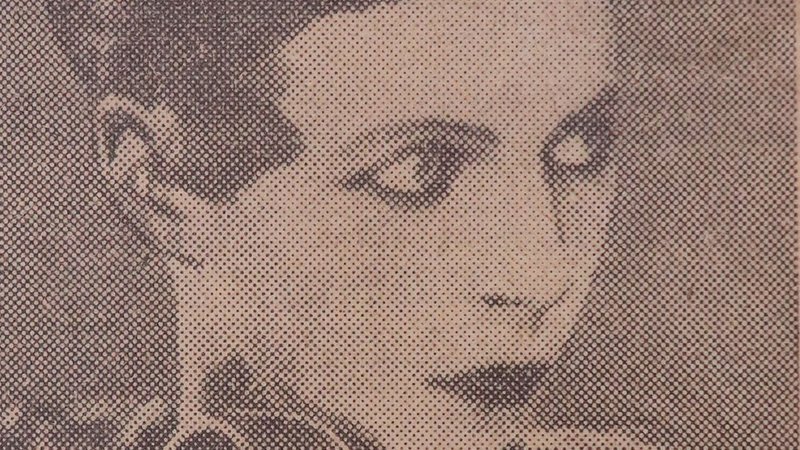
On the Windrush passenger list, white socialite Nancy Cunard (1896–1965) is described as a 'writer', but she was also a staunch activist for Black civil rights.
-
The story of
The Caravan Club
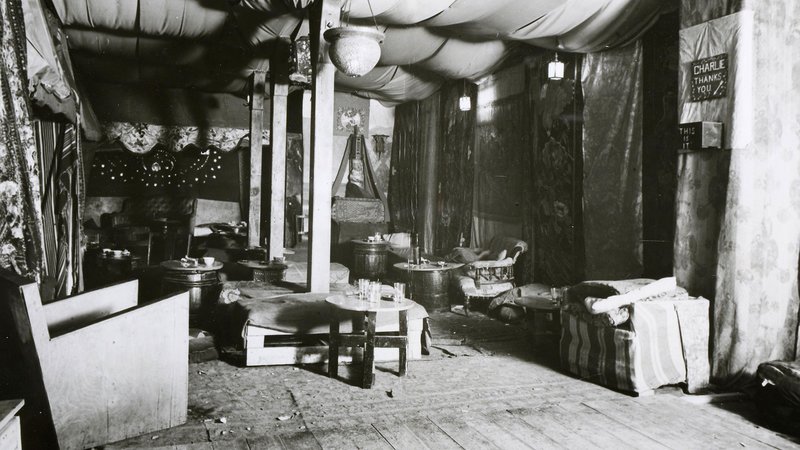
The police raid on a secret queer nightclub in 1933 gives an insight into the lives of gay men in interwar London and their defiance in the face of persecution.
-
The story of
Richard III

Through documents held at The National Archives, we can piece together a great deal about the life and reign one of Britain's most infamous medieval monarchs.
-
The story of
Maud Allan
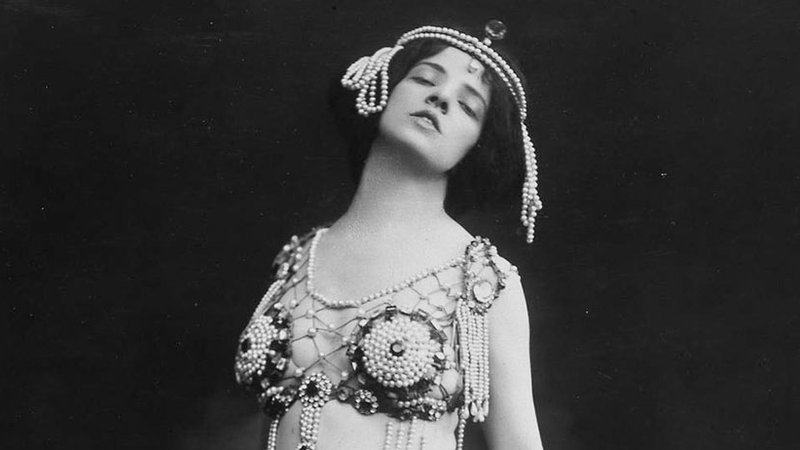
Maud Allan (1873–1956) was a celebrated West End dancer in the early 20th century until she became entangled in one of the most sensational trials of the 1920s.
-
The story of
Emmeline Pankhurst

Emmeline Pankhurst (1858–1928) was a tireless political activist, who led the WSPU – the militant faction of the movement for women’s suffrage.
-
The story of
Shapurji Saklatvala
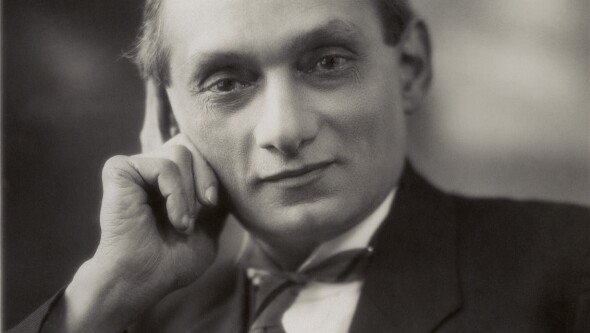
One of the first MPs of Indian heritage, Shapurji Saklatvala (1874–1936) was an agitator for change, which led to his surveillance by the Security Service.
-
The story of
Radclyffe Hall
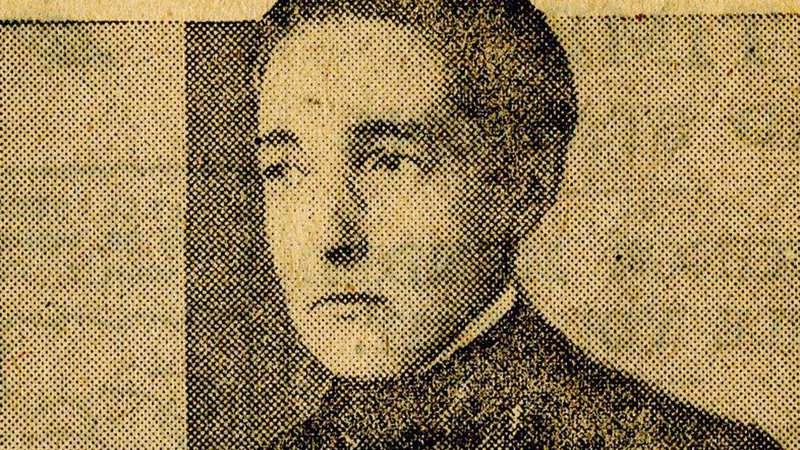
Radclyffe Hall (1880–1943) lived relatively openly as a lesbian in an era that condemned such relationships. Today she is an icon of LGBTQ+ literature.
-
The story of
Alice Hawkins
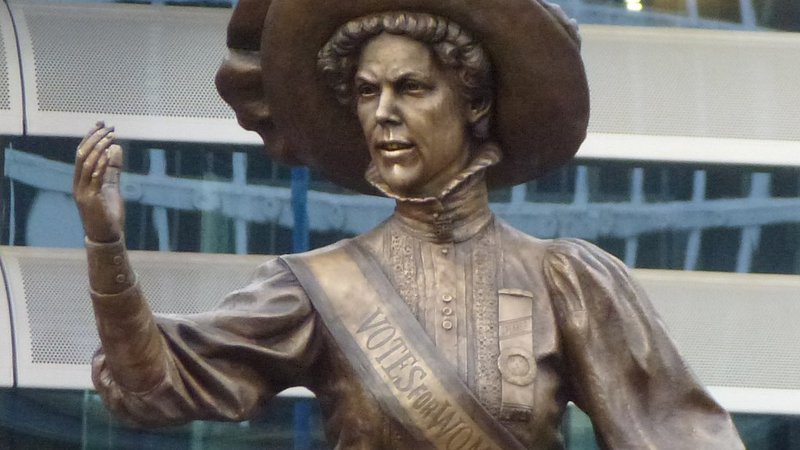
Alice Hawkins (1863–1946) was a working class suffragette and trade unionist, who boldly campaigned for the rights of women.
-
The story of
William Cuffey

William Cuffey (1788–1870) was a mixed-race, disabled, working-class leader. He was a leading figure in the Chartism movement, famed for his powerful oratory.
-
The story of
The Mangrove Nine
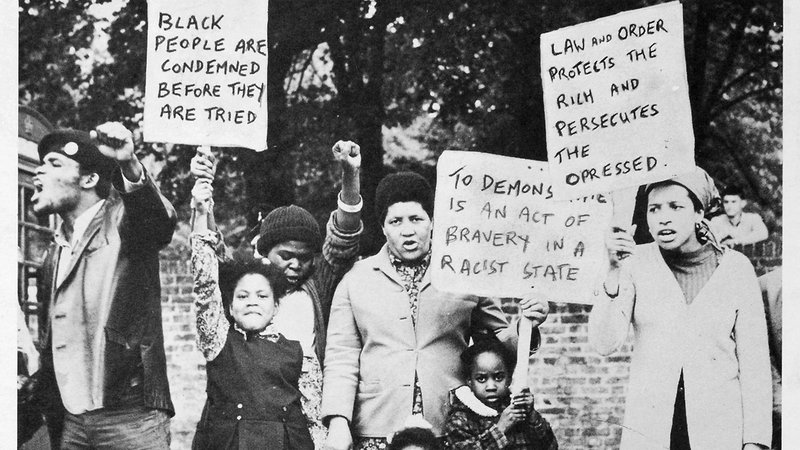
The trial of nine black protestors who were arrested while demonstrating in Notting Hill in the early 1970s became a public platform to criticise police racism.
